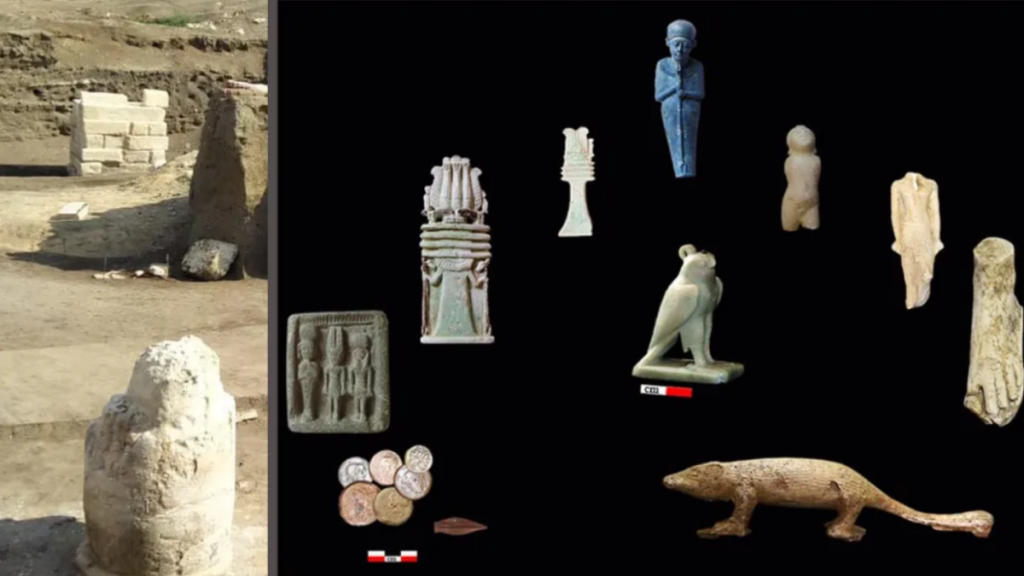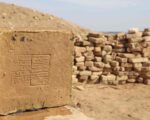2,500-Year-Old Egyptian Astronomy Observatory Discovered, Unveiling Advanced Celestial Knowledge
Archaeologists have made a groundbreaking discovery in Buto, Egypt, unearthing a 2,500-year-old astronomy observatory that is believed to be the largest of its kind from the sixth century BCE. This remarkable find was part of an excavation at a temple complex dedicated to Wadjet, the ancient Egyptian goddess of protection for Lower Egypt. The observatory, covering an area of approximately 850 square meters (a quarter of an acre), includes an array of sophisticated tools and structures used by ancient astronomers to track the movements of celestial bodies such as the sun and stars.
The Temple of Buto, where the observatory was found, holds significant historical and cultural value. Originally named after the goddess Wadjet, the temple was a key site during a tumultuous period in Egyptian history. This era saw the decline of traditional pharaonic power and the rise of foreign rulers. The temple’s observatory was not only a center for astronomical observations but also played a crucial role in religious and societal practices of the time. The alignment and design of the temple reflect its importance in both spiritual and practical aspects of ancient Egyptian life.
The archaeological team discovered several noteworthy tools and structures at the observatory. Among the finds is a sloping stone sundial, which was used to measure time based on the sun’s position. The alignment of the temple itself, facing east towards the rising sun, underscores the significance of solar observations in ancient Egyptian culture. Additionally, three stone blocks found on-site were likely employed to gauge the sun’s location in the sky, contributing to the accuracy of timekeeping and astronomical records.

Another significant discovery includes a set of five flat limestone blocks mounted on long slabs. These blocks feature inclined lines that were used to measure the angles of the sun’s rays. This intricate setup allowed ancient astronomers to monitor the sun’s movement throughout the day, providing critical data for both scientific and ritual purposes. The precise nature of these tools indicates a sophisticated understanding of celestial mechanics and a high level of technical skill among ancient Egyptian astronomers.
The newly uncovered observatory not only sheds light on the advanced astronomical practices of ancient Egypt but also enhances our understanding of their technological capabilities. The ability to measure and record astronomical phenomena with such accuracy reflects the deep connection between astronomy and the religious practices of the time. This discovery provides invaluable insights into how ancient Egyptians integrated their knowledge of the heavens into their daily lives and spiritual beliefs.
As research and analysis of the site continue, further details about the observatory’s role in ancient Egyptian society are expected to emerge. This find adds a significant chapter to our understanding of ancient Egyptian astronomy and highlights the sophisticated nature of their scientific achievements. The Buto observatory stands as a testament to the enduring legacy of ancient Egyptian ingenuity and their profound engagement with the cosmos.


















